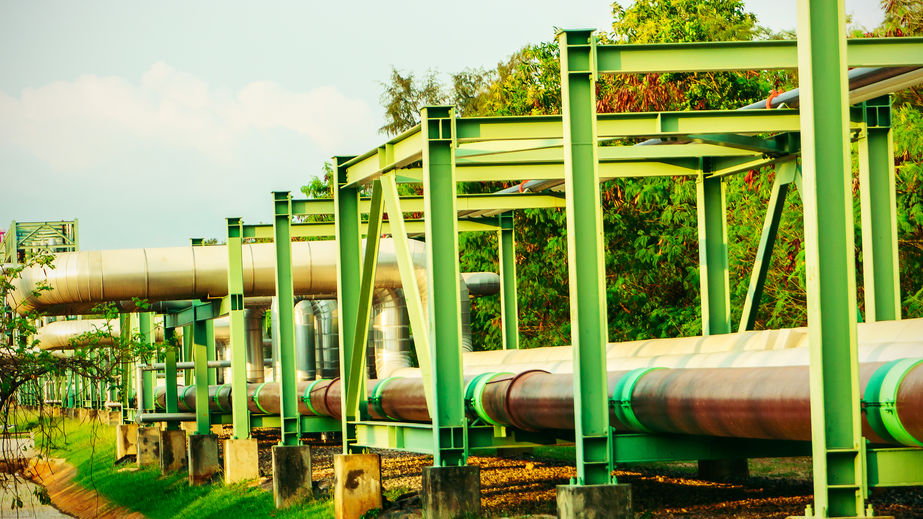Link to publication here May 2022
E.M.LozanoaS.LøkkebL.A.RosendahlaT.H.Pedersena
Energy Conversion and Management: X
Volume 14, May 2022, 100178
Highlights
• Preliminary assessment of distributed sludge supply chain in regional HTL plants.
• HTL regional plants can be cost competitive to mono-incineration in The Netherlands.
• MFSP of marine biofuel estimated in 652 EUR/t based on 100 EUR/t sludge gate fee.
• GHG emissions of HTL + hydrotreating are 3–3.6 times lower than business as usual.
Abstract
The aim of this paper is to evaluate the costs and GHG emissions of advanced biofuels production through hydrothermal liquefaction (HTL) of sewage sludge in The Netherlands targeting the marine fuels market. The process evaluated consists of a distributed configuration of regional HTL plants co-located with wastewater treatment plants, with centralized hydrotreating co-located with an existing refinery at the Port of Rotterdam. The process is simulated in ASPEN + based on published experimental data and the mass and energy balances are used as input for techno-economic and environmental evaluation. Lifecycle GHG emissions of the HTL and hydrotreating processes are estimated using consequential modelling principles and background data from the Ecoinvent database and compared with the business-as-usual scenario of sludge mono-incineration and fossil marine fuels production. The results indicate that the HTL + hydrotreating configuration has potential to deliver on-spec marine biofuels at a minimum fuel selling price between 410 and 1300 EUR/t, being at least 3 times more beneficial compared to the business-as-usual scenario from a GHG emissions perspective. Future work is recommended to optimize the size and location of the HTL plants in order to decrease capital costs and to address uncertainties regarding the sludge gate fee and the costs associated with the aqueous and solid by-products treatment. The results indicate the potential of such configuration in locations with relatively high population density and good transport infrastructure. This can be the case of port areas around the North Sea with access to offshore renewable electricity for hydrogen production, where drop-in marine biofuels are expected to play a role with the increasing share of renewables in the marine fuels mix.
